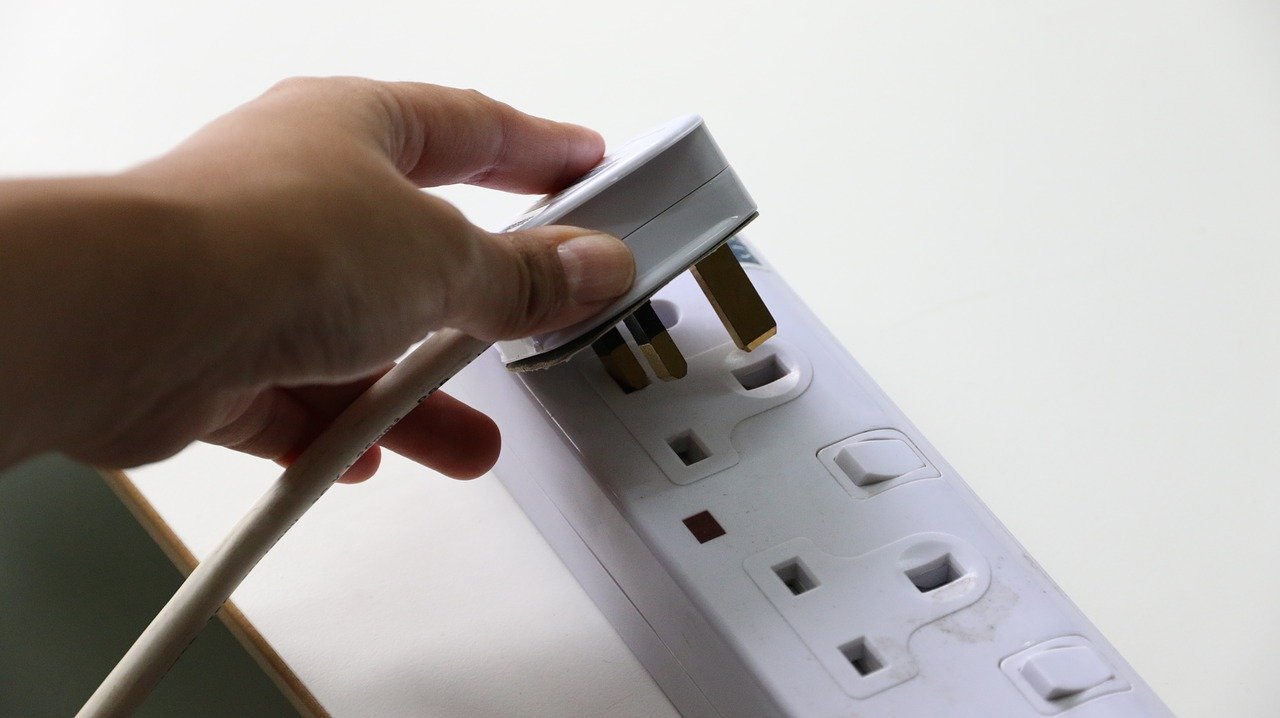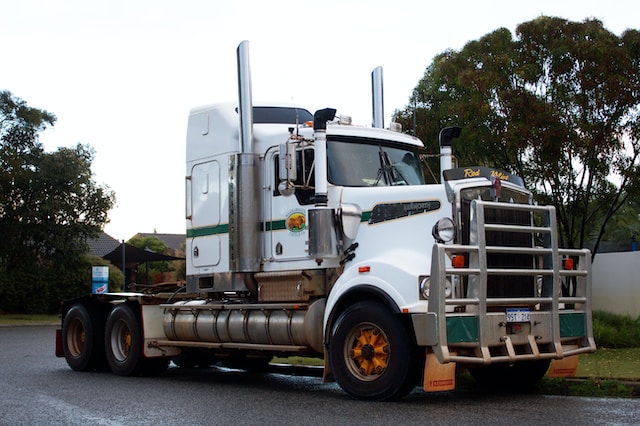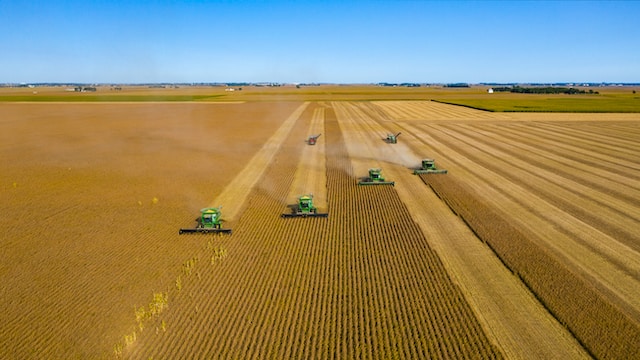Researchers at NASA, in collaboration with General Motors (GM), designed a state-of-the-art, highly dexterous humanoid robot known as Robonaut in 2011. It is made up of multiple component technologies and systems — vision systems, image recognition systems, sensor integrations, tendon hands, control algorithms, and much more.
The researchers have been teaching the robot to perform certain tasks to help astronauts with dull, dangerous, or dirty tasks, and ultimately to save the human crew time and allow them to avoid the many risks of spacewalks.
All of the developments below came as a result of working with Robonaut over the past few years.
X1 Robotic Exoskeleton:
One inspiration from Robonaut generated a robotic exoskeleton called X1. On average, astronauts have to exercise for two hours a day on the station to counter the effects of microgravity on the human body so the X1 Robotic Exoskeleton was designed to help astronauts remain healthy in space.
X1 is a 57-pound device that a human wears over his or her body either to assist or inhibit movement in leg joints. X1 is smaller in size and mass in comparison to existing exercise equipment and is very useful on deep space missions.
X1 can also be used on Earth for restoring limb motion for people affected by paraplegia or stroke as it provides improved mobility and strength.
RoboGlove:
Another spin-off is the RoboGlove. Due to pressurization of the suit, moving your hands is like squeezing a balloon every time, resulting in extreme fatigue and sometimes injury.
RoboGlove is designed to minimize repetitive stress injuries in both astronauts and autoworkers. The device comes equipped with flexible tendons, a tendon drive system, and sensors which assess the grasping force applied by the wearer. By identifying the grasping force, the glove can either assist or resist movement so the user doesn’t have to strain and is thus protected from injury.
NASA’s Robonaut Performs Telemedicine:
The third development inspired by Robonaut is telemedicine. Operators make Robonaut conduct ultrasound-guided venous access, or insertion of a needle into a vein. They plan to use the robot to conduct medical procedures on the space station under remote supervision of a doctor. Even on Earth, the robot is capable of performing nursing level work in an emergency situation, where it would be dangerous for a human to be present.
With all these innovative ideas mentioned above, the main goal is to develop robots more than capable of providing a helping hand in space or on Earth.






